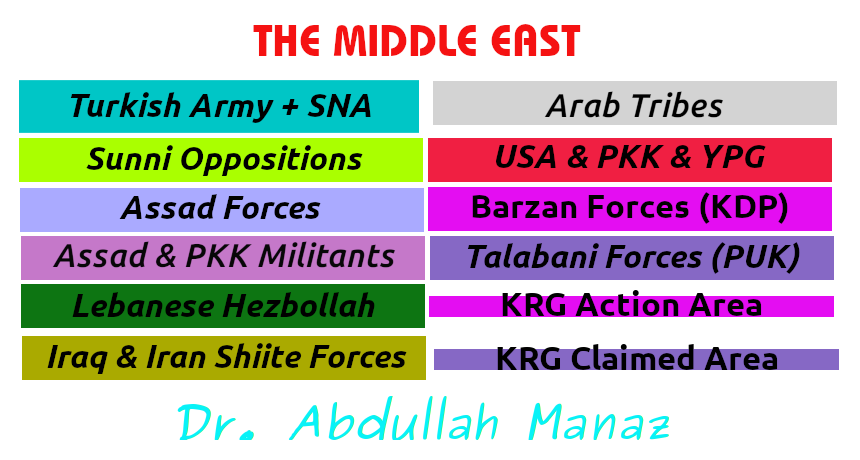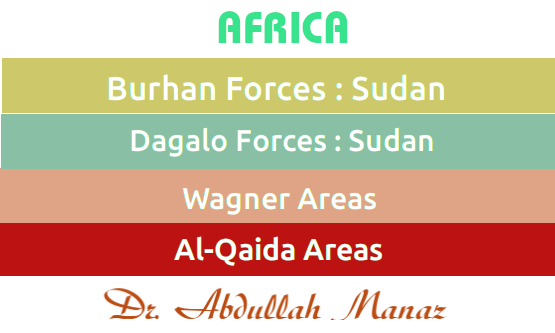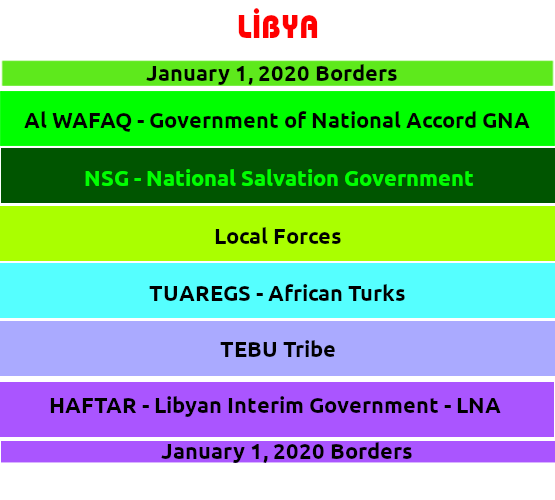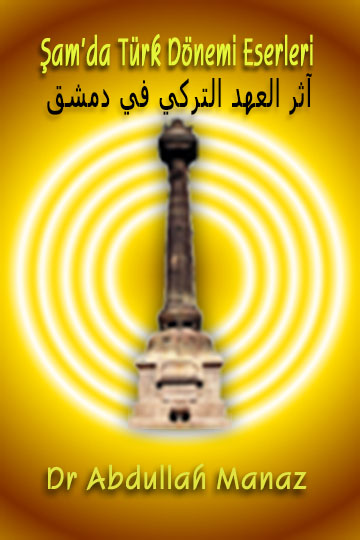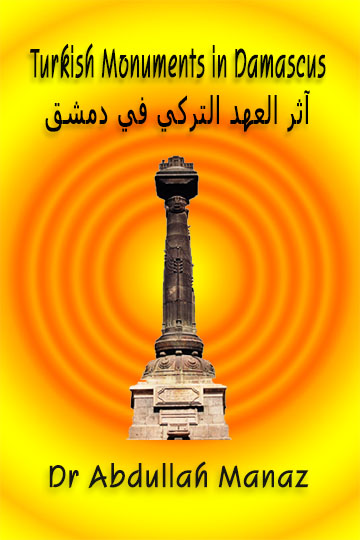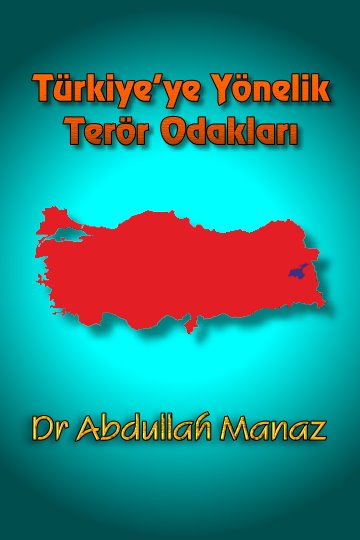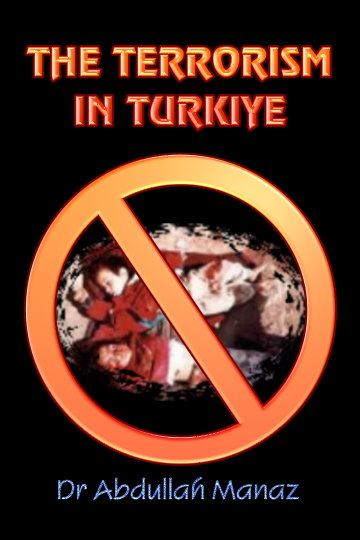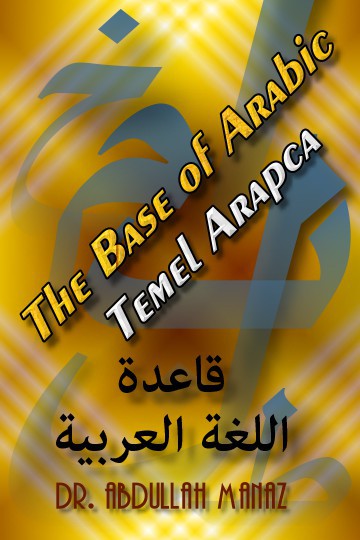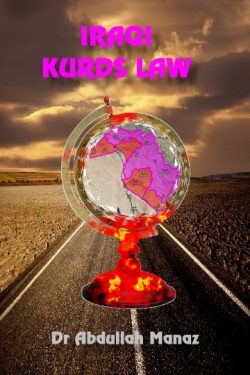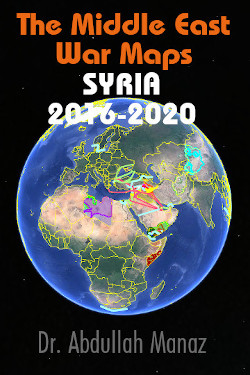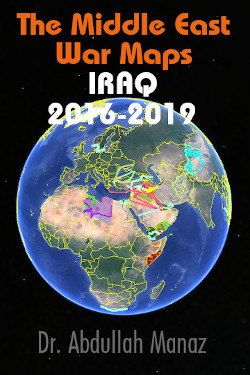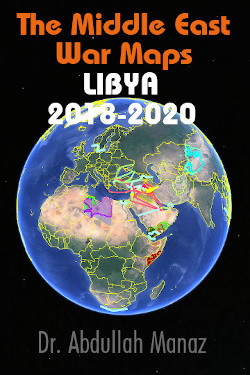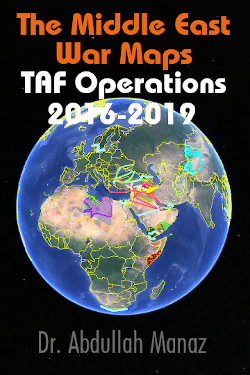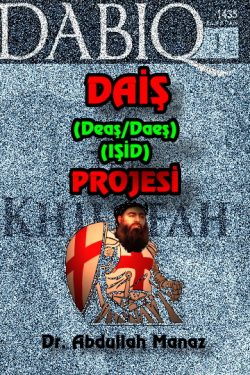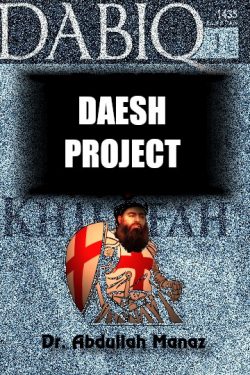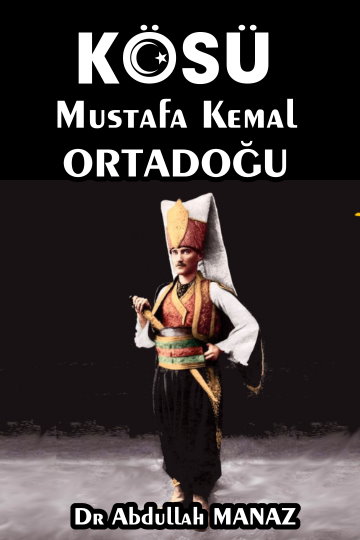The Secret Story of the Assad Family and the July 15, 2012 Western-Arab Military Coup
Syria was in political and military cooperation with the Soviet Union and the Warsaw Pact until 1954 and was the country that received the most foreign aid from these countries. Since then, Syria has pursued a policy against Western interests and targets, as well as its pro-Western neighbors and Arab countries, in line with Russia’s regional interests. Hafiz Essed who was a member of the Nusayri minority which is accounts for 12% of the population, came to power in 1970 and tried to use terrorism as a method for the same goals.
In the early 1970s, anti-Semitism was a major force in Syrian politics. In the 1967 and 1973 wars, Golan Heights and Kunaitra region of Syria were occupied by Israel. In 1974, Syria reached an agreement with Israel and retrieved Kunaitra region. Israel and the US, which wanted to hold the Golan Heights, allowed Syria to invade Lebanon on May 31, 1976.
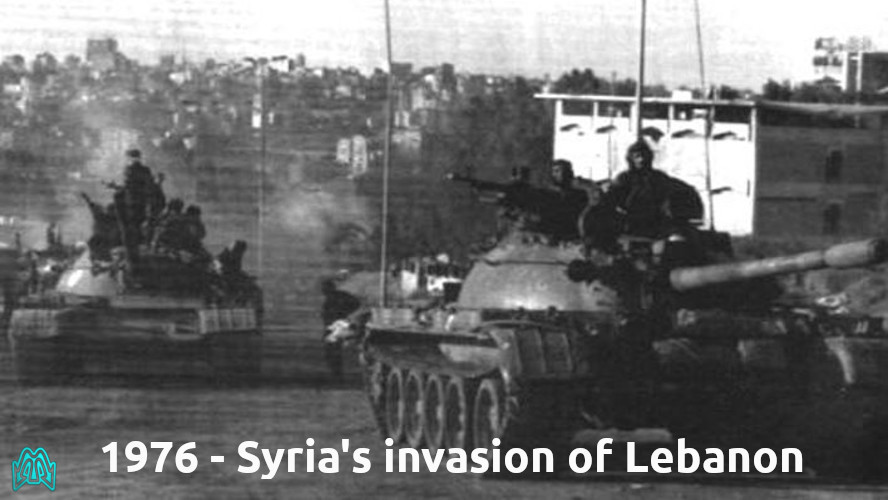
After the 1975 – 1976 civil war, poppy production in the Bekaa valley of Lebanon was around 10% of agricultural production. After Syria’s entry into Lebanon, this rate increased to 85%. Hafiz Essed’s brother Rifad Essed was the organizer of the biggest drug and antiquities trafficking in the Middle East. Brigadier General Gazi Kenan, Head of Syrian Military Intelligence, played an important role in this organization.
In these years, Turkey was in bad odor with Greece because of the Cyprus issue. Russia launched cooperation between Syria and Greece using its influence on the Orthodox community. In 1977, during the reign of Syrian Ambassador to Athens, Ali Civil, there was a close cooperation between the Greek Intelligence Organization (EIP) and the Syrian Intelligence Organization Muhaberat on staff exchange, training and intelligence exchange. During this period, the Marxist – Leninist terrorist organizations were receiving support from Russia’s ally Syria against the US, NATO and Turkey .
In October 1980, the Friendship and Cooperation Agreement was signed between Syria and the Soviet Union for 20 years. Under this agreement, while Syria receiving Soviet long-range weapons, T-72 tanks and MIG-25 fighter aircraft; The Soviets began to use the ports of Syria (Latakia-Tartus) as a base. Following this, Armenian terrorist organizations active in Caucasus and Middle East regions and having relations with KGB were also included in the Syrian & Soviet alliance.
In the 1980s, Syria-based terror had two important goals. On the one hand, Israel and Lebanon, on the other hand the US, France and Turkey and Jordan. In 1980, upon the deterioration of Jordan – Syria relations, Jordan and its representatives in the world were exposed to Syrian terror. Following the assassination of Jordanian Prime Minister Mudar Badran, many Jordanian diplomats were attacked. Behind the terrorist alliance were the Soviet Union, Armenia, Greece and Libya. In January and February 1981, General Ali Haydar, the commander of Syria’s Special Commando Units and Said Kaddafi, the President of the Libyan Green Beret Association, came together in Britain and decided to take action against the common goals and opponents.
In 1982, the Soviet Union provided military supplies of $ 4 billion to Syria under favorable terms for three years. When Syria could not to pay its debt with money, it began to provide terror services to the Russia account. Organizations receiving shelter, training and arms support under their control in Syria and Lebanon have started sabotage actions against the US, NATO and Jordanian targets. Even the famous terrorist Jackal Carlos worked under the command of Syrian Air Intelligence President General Mohammed al-Hayli during this period. Carlos’ close associates, such as Johannes Wienrich and Nicolas Bechara who was born in Aleppo in 1933, planned joint actions with Syrian European ambassadors and Adnan Handani, Head of the Counterespionage Department of Muhabarat.
On the other hand, Syria which was in favor of the conflict in the Middle East, fell out with the Palestinian Liberation Organization and Yasser Arafat, which were in favor of the peace. Abu Musa group left the PLO and entered Syria’s command. In time, al-Saika which was Baath’s arm in the Palestinian movement, George Habbas’s People’s Front for the Liberation of the Palestine (PFLP), Naif Havatme’s Democratic Front for the Liberation of the Palestine (DFLP), Ahmed Cibril’s People’s Front for the Liberation of Palestine – General Command Organization (PFLP-GC), Abdulfettah Ganem’s Palestine Liberation Front, Samir Gisha’s People’s Liberation Front, Nadja Alish’s Arab People’s Liberation Front, Abu Nidal’s (Sabri al-Benna) Black June Organization were started to be managed from Damascus.
Iranian Musa Sadr and AMAL Organization
Throughout history, there have been Shiites along with various ethnic and religious groups in Lebanon. Especially after the 1967 Arab-Israeli war, the increase in conflicts in South Lebanon caused the Shiites to emigrate to Beirut and settle in the southern districts of the city. Unemployment, poverty and the social pressure of the big city accelerated the congregation and radicalization between them.
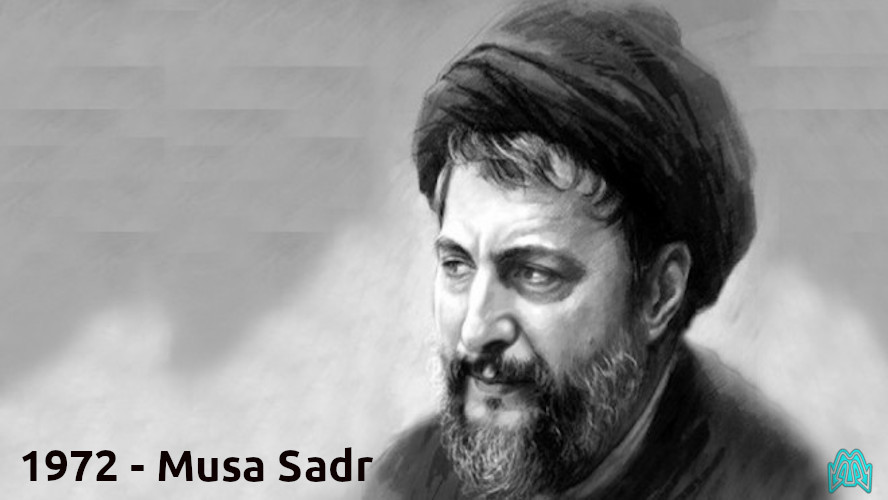
Musa Sadr, who came to Lebanon from Iran at the age of 38, began to organize this society which was ready to rebel against its economic and political oppression. He founded the “Deprived Movement’, one of the first important organizations in Lebanon. On the one hand, while fighting for faith against Israel, on the other hand, he demanded the Lebanese government to protect the interests of the oppressed people. During this period, Sadr received approximately £ 700,000 in aid each year from the Shah’s secret service, Savak. However, after Khomeini’s strengthening abroad after 1972, he cut off relations with the Iranian administration and supported Khomeini.
Because of the Lebanese government was inadequate in the face of Israeli attacks, Musa Sadr founded the Efvacu’l Mukavemetu’l Lebanon, meaning the the Lebanese Resistance Movement on 6 July 1975. All Shiites, whether leftist or liberal, began to gather under this roof. Over time, the organization became stronger and received significant support from Syria. Syria supported AMAL against the PLO of the Palestinians and the LMH of the Druze, and set out to gain influence in Lebanon and the Middle East. For this, in 1976, AMAL supported the Syrian invasion of Lebanon and its actions against some Islamic groups and opposed some other countries and organizations. The founder and leader of the organization, Imam Musa Sadr, mysteriously disappeared on a trip to Libya in 1978.
After Musa Sadr, the organization was headed by Hussein Hussein. On April 4, 1981, Nebih Berri, the leader of AMAL, put the organization on a secular and nationalist line and put it under the control of Syria. Meanwhile, the pro-Syrian and Iranian supporters formed separate groups. Some of the supporters of Iran paved the way for the establishment of the Hezbollah organization.
Lebanon Hezbollah Organization
The understanding of the organization, which was expressed by M. Hüseyin Fadlullah, one of the Shiite religious leaders-born in Najaf, was put into practice by about 1000 Iranian soldiers who came to Lebanon Baalbek after the 1982 Israeli attack. The main aim was to establich a Iranian model state by organizing the Lebanese Shiites.
Iran’s Ambassador to Damascus, Ali Akbar Mohtesemi, played a major role in the establishment of the organization. He convinced Syria on the one hand and Israel on the other to form the great Hezbollah. Syria was wanting to be active in Lebanon. On the other hand, Israel had disturbed by the activities of Palestinians approved by the Lebanese army in Southern Lebanon. With the strengthening of the Shiites in the region, Israel thought that there would be a sectarian conflict against Palestinian groups, which would contribute to its own security. However, the developments were not in line with the expectations of the US and Israel.
The first sensational action of the organization was the bombing of the US Embassy in Beirut and the Marines in October 1983. 241 US soldiers were killed in this attack. Hezbollah occupied the US embassy in September 1984.
Hezbollah was under Iran’s command and support in response to the Syrian support to Amal. On 15 February 1985, the organization openly declared its loyalty to Khomeini. In the 1990s, Hezbollah focused on social activities in Lebanon, opened free schools and hospitals, and established charitable organizations. In this way, he became the representative of almost all Lebanese Shiites and received also support from other Islamic groups. After Leader Abbas Musevi was killed in March 1992, Sayyid Hassan Nasrallah became the leader.
Iranian Islamic Revolution and Shiism
Iran and Syria had common enemies in the region. The Turks in Syria and the Azeris in Iran posed a threat to the governments of both countries. In addition, the including of Hatay region to Turkey by Ataturk in 1938; The fact that the Shah of Iran took Ataturk as an example in many areas were again an important basis for the historical hostility of these countries.
Iran’s alliance with Syria in the Middle East led to the transformation of Islamic revolution into Islamic terrorism. Iran, which has called itself the Leader of the Islamic Revolution, ignored Hama Massacre that was shocked Sunni political Islamist organizations and the Islamic world in January 1982. Sunni political islamists realized that Iranian Islamic revolution was in fact a Shiite movement. The only way left for Iran which was excluded in this way was to support the Shiite opposition movements and some of the Sunni Islamist organizations such as HAMAS.
French and Rifaat Essed
Some time after the Sykes-Picot Agreement, France was betrayed by Britain and left the Middle East. But France’s dream of being active in the Middle East has never ended. Years later, Khomeini and his students, who realized the Islamic Revolution of Iran, remained under the auspices of France for many years. During this period, Russia, which killed the Khomeini’s eldest son Mustafa in 1978 and prepared the ground for the Iranian revolution, had good relations with France. Christian minorities in Lebanon have long been influenced by French culture. Likewise, the biggest supporter of the Armenians which were active in the Lebanese and Syrian economy, was France.
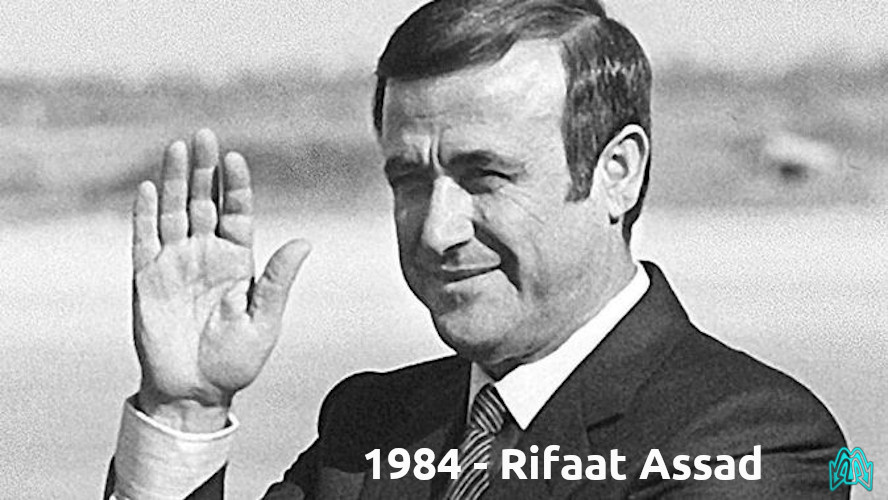
Hafiz Essed’s brother Rifaat Essed was the Vice President. He went to Russia and did a PhD in Political Science about “The Class Struggle in Syria“. He gave important support to the terrorist organizations run by Russia in the Middle East. And it has established close cooperation with the PKK terrorist organization. PKK Leader Abdullah Ocalan who fled from Turkey in 1979, was in a villa in Latakia hosted by Rifaat Essed. Drugs, Historical Art Smuggling and Black Money Traffic in Syria were managed by him. He had a great influence on the Shiite Nusayri leaders especially in Latakia.
In 1982, Rifaat Essed, the Commander of Defense Brigades, suppressed the rebellion of the Sunni Opponents in Hama and killed 40,000 people. In 1984, at a time when Hafez Essed had a heart attack, he was exiled to France because of attempting a failed coup against Hafez. While in exile, Hafez Essed gave him some missions. In 1998 he was appointed Vice President. Rifaat Essed was like the secret manager of France in Lebanon and Syria. Rifaat Essed pursued policies in the direction of the regional interests of France. He gave great support to the separatist Kurdish and Armenian terrorist organizations in Europe and the Middle East.
When the US left Lebanon in 1984, France wanted to continue its influence over Lebanon. For this reason, Syria supported the French “Direct Action” organization. On November 27, 1985, a bombing took place at Rome Airport, killing 20 people.
In 1985, the Soviet Union brought together the Syrian, Iranian and Libyan Foreign Ministers in Damascus in order to expand the area of activity in the Middle East and to control the Shiite terrorist organizations that started to strengthen. Meanwhile, a meeting was held in Damascus on 30 April 1986 and a joint action decision was taken between ASALA and Abu Nidal group. In September 1986, the Abu Nidal group killed 21 people in an attack on the Newe Shalom synagogue in Istanbul. In the same year, after a series of bombings in France, the French head of Homeland Security went to Syria and made a secret agreement. Provided there was no action in France, it was decided to tolerate pro-Syrian terrorist organizations.
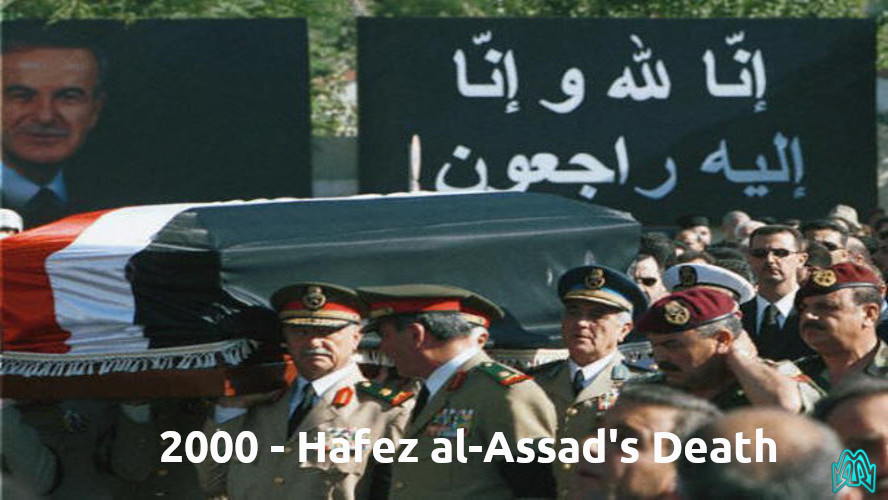
2012 Iranian Assistance against Western Coup Attempt
When Bashar came to power after Hafez Essed, all dreams of Rifaat Essed fell into the water. He criticized Bashar’s coming to the administration and said that “Bashar will soon have to leave his post”. He began to work secretly to overthrow Bashar. After 2007, Rifaat Essed developed close relations with Saudi Arabia, England and Spain.
Sudden clashes began in Damascus, the capital of Syria, on Sunday, July 15, 2012, and increased by July 17. Meanwhile, General Manaf Tlass who was the Commander of the Republican Guard and Navaf Faris who was Syria’s Ambassator in Baghdad went to Paris. Navaf announced that he had broken ties with the Bashar government. Faris also stated that some bomb attacks in the capital were carried out by al-Qaeda militants supported by the government itself.
In fact, behind the clashes in Damascus was the intelligence of Britain, the United States, Israel and German, led by Saudi Arabia Intelligence. Their aim was to overthrow Bashar Essed with the help of a military administration that supported them. The day before, British Foreign Minister William Hague, who visited the Syrian refugee camp in Jordan, called for “ The dismiss of the Syrian President”.
Indeed, there was a top management group in Damascus, the capital, who took action to overthrow Bashar Essad. These were none other than the Crisis Group headed by Hassan Turkmani. Some walls in the capital were equipped with anti-Bashar graffiti inscriptions. However, Iran was aware of the coup attempt. What leaked information to Iran was German Intelligence Organization (BND), which re-established the Iranian Intelligence Institutions after 1993. At that time, Bashar’s brother Maher Essed, the head of the State Security Division Ali Mamlouk, Air Intelligence Unit President Cemil Hassan and Military Intelligence Unit President General Abdul Fatah Qaddisiya were close to Iran. This group firstly changed the guards inside the Palace of the Republic and arrested about 40 people.
On July 18, clashes in Damascus reached its peak. Crisis group took Sunni soldiers in the Syrian Army to the field. After a while, they would isolate Bashar with the excuse of turmoil and establish a Military Administration headed by Hisham Bakhtiar, Head of National Intelligence. Special forces from Saudi Arabia and neighboring Arab countries were also in the Free Syrian Army. Syrian Air Force was under the command of Maher and his team and for this reason the Sunni coup attempt failed. Soon, Hezbollah militias and Shiite Nusayri soldiers of Maher Essed appeared and took control of the streets. Bashar and Maher ordered the killing of the Crisis Group. National Security Building where the Military Administration was in the meeting, was bombed. Crisis Group President Hassan Turkmani, Vice President Asif Shawkat, National Defense Minister David Raja, Interior Minister Muhammad al-Shaar and National Intelligence President Hisham Bakhtiar were killed. Only Bashar’s brother-in-law was Asif Shawkat Shiite Nusayri. One was Christian and the others were Sunni. On the other hand, Asif Shawkat was hating Essed family for a long time. Maher had previously arrested his brother-in-law, Asif Shawkat, several times, and even fired in 1999 to kill him during an argument in the Palace. Asif Shawkat was also responsible for the killing of Hezbollah Commander Imad Mugniyah in Damascus in 2008, and Iran took his revenge in this way.
Thanks to Iran, Bashar Essed got rid of the coup attempt. The month of Ramadan would going to start. Bashar declared that they would not start Ramadan with the Arab world and that they would fast on the same dates with Iran and Iraq. After that date, Bashar Essed and Iran became a close ally.
Meanwhile, following the failure of the Salafist Coup Attempt, the next day the President of Intelligence of Saudi Arabia was dismissed and Prince Bandar bin Sultan, a close friend of the CIA, became President of the RIA (Riyasetu’l Istihbaratu’l Amme) on July 19.
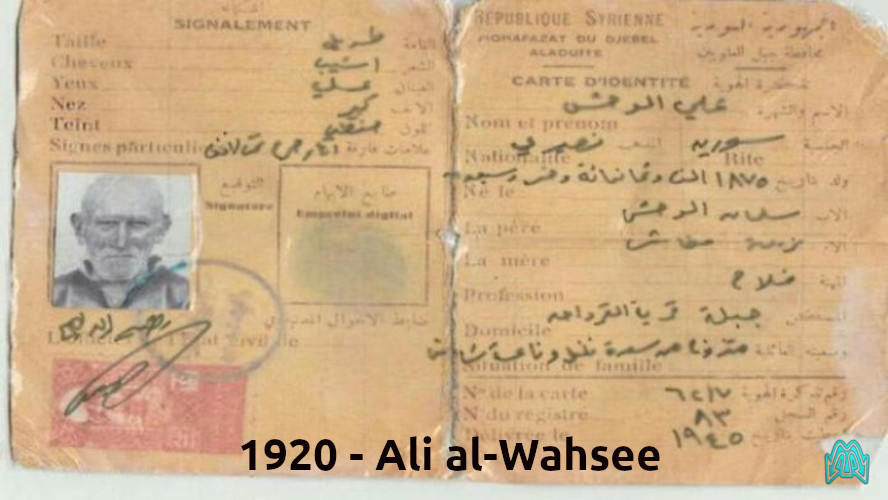
Recent Status in the Essed Family
Hafez Essed’s son Basil, who had prepared for him replacement, died in a car accident on the Damascus highway at the age of 31 in 1994. Therefore, Bashar Essed’s leadership path was opened. Hafez’s youngest son Majid died in 2009 due to drugs. The last brother Maher became the second strongest man in the Essed regime and tried to resist Sunni Opponents as the commander of the 4th Mechanized Brigade between Idlib and Latakia. However, he suffered constant defeats within 3 months after Ramadan 2019 and was dismissed with Cemil Hassan, whom he acted with in the 2012 coup attempt. This was actually the operation of Syria’s clearance of Iranian effect after a result of Russia’s secret agreement with Israel and the United States. (As we mentioned in a previous article: https://www.veteranstoday.com/2019/07/09/sold-out-by-putin-are-iranian-supporters-in-syria-in-danger/).
Lastly, let’s talk about an interesting incident that took place recent days: Firas, son of Rifaat Essed, explained that his grandfather Ali Essed’s last name was “Wild” and was changed to Essed (meaning Lion) in 1920. Firas also shared a historical document about his grandfather. Suleiman, Ali’s father, had worked for France according to French Foreign Ministry documents.
The Syrian people have been moaning under the persecution of the Essed family since the 1970s. During Hafez Essed period, Sunni Opponents used the word Essed instead of Assad. The word “Essed” in Arabic means “The Dog attacking to hunt” and was in accordance with historical facts.

